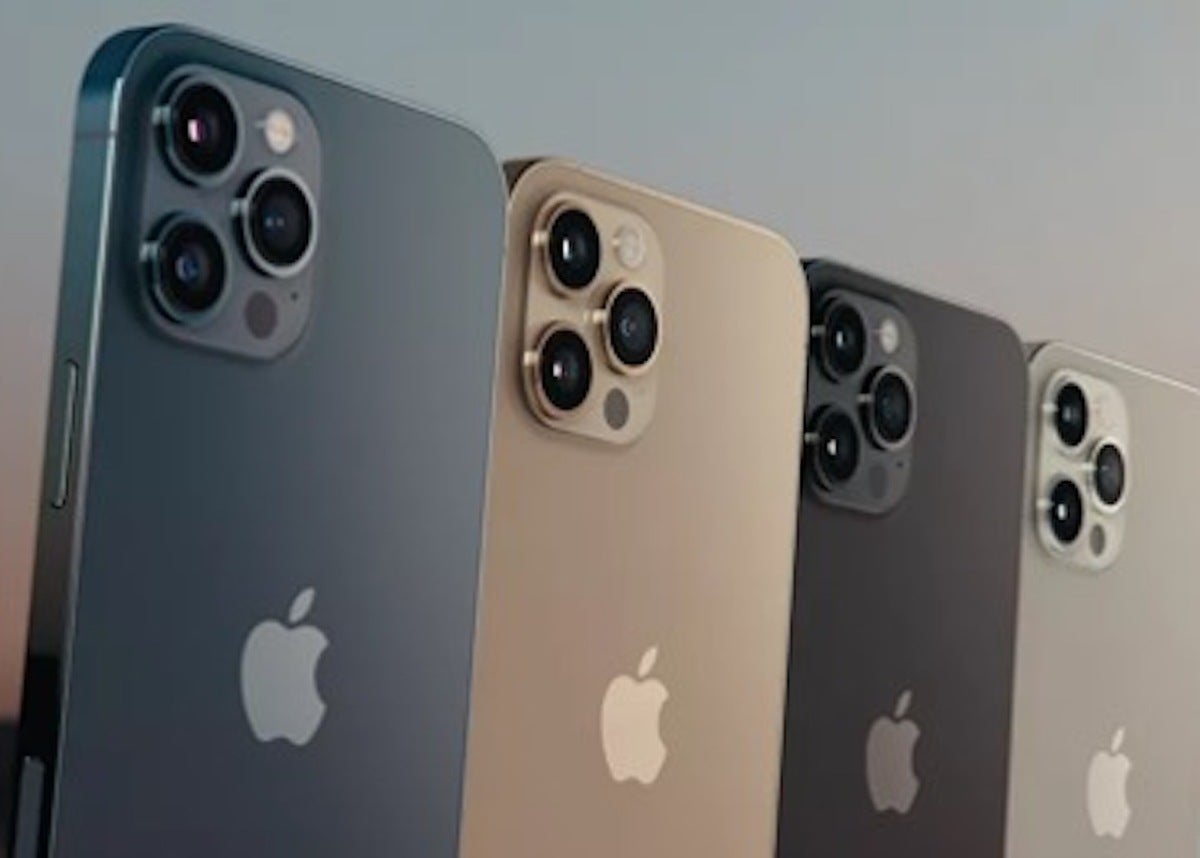Apple and Qualcomm have never enjoyed the easiest relationship and the two companies were involved in litigation before they agreed to a peace deal that popped Qualcomm’s 5G radios inside iPhones.
Now, it looks like that partnership is on the rocks.
Why things are changing
There are three reports that set off this train of thought:
- A Digitimes report that claims Apple is speaking with new suppliers ASE Technology and Siliconware Precision Industries for some of the work required to build its self-designed 5G modems, rather than using Qualcomm’s.
- News that Apple wants TSMC to manufacture self-developed modems that are expected to appear in the 2023 (or perhaps this year’s) iPhone, and made using 5nm or 4nm process (or 6nm, according to other reports).
- Apple has asked the US government to intervene in an ongoing dispute between itself and Qualcomm. The company asked for an appeals decision to be reviewed because it could prevent Apple from challenging patents in a new case once the deal between the two firms ends.
Put these three sets of claims together, and other than some confusion around timing of these self-designed 5G chips (this year or next), you see a company that is pressing forward with creating manufacturing partnerships to provide its own modems — and is prepping for any subsequent litigation with Qualcomm.
The relationship business
Apple and Qualcomm had a challenging history until they settled their dispute with an agreement worth billions of dollars in 2019. Apple had hoped to work with Intel to create 5G modems, but development didn’t progress rapidly enough, and the company had to reach this deal to introduce 5G in iPhones.
Apple also purchased Intel’s modem development resources in a separate billion-dollar deal. They now work within the company’s own silicon development teams and have been engaged in development of Apple’s own unique 5G modem.
The three slices of news above suggests that work is now entering the end game, which itself suggests the Apple/Qualcomm relationship may also be reaching an end.
Why it matters
As 5G deployment accelerates and nations begin to adopt fast 5G (often mmWave), the strategic importance of the mobile broadband standard continues to grow. As I've said before, companies across every sector will seek business advantage through products and services designed to leapfrog this connectivity.
We all anticipate 5G will appear in tablets and notebooks, while analysts predict shipments of mmWave-enabled phones will grow to account for 43% of the smartphone market share by 2026. We also know Apple has been working with mmWave in its labs since at least 2017, and is now involved in 6G development.
David McQueen, research director at ABI Research, explains:
“The increase in 5G mmWave smartphone sales will be boosted by its inclusion in greater numbers of smartphone models, driven by Samsung’s flagship devices and Apple’s iPhones, as well as by expanding ecosystem momentum. After a slow start, mainly limited to the U.S. market, the impetus behind mobile mmWave continues to build with several regions and countries targeting deployments, broadening across North America, Europe, and Asia-Pacific, and gaining support from a growing number of chipset suppliers.”
Apple maintains a growing place in both the hyper-connected enterprise and consumer markets. ABI estimates 580.3 million 5G smartphones shipped in 2021, including 81.25 million mmWave-enabled devices. Apple at present accounts for a major slice of this market, and no doubt wants to grow that share.
The company almost certainly hopes to leverage its own engineering expertise to build platform-unique 5G experiences. That may come down to something as simple as power management and battery life.
But it may also embrace cutting-edge services and will (I think) certainly see Apple exploit its control of the hardware, software and, thanks to its own modem, networking tech to enable unique next-generation platforms and services. (Think cars, glasses and everything else.) That’s assuming Qualcomm doesn’t sue the attempt out of existence first..,. hence, Apple's appeal to the US government.
Please follow me on Twitter, or join me in the AppleHolic’s bar & grill and Apple Discussions groups on MeWe.






